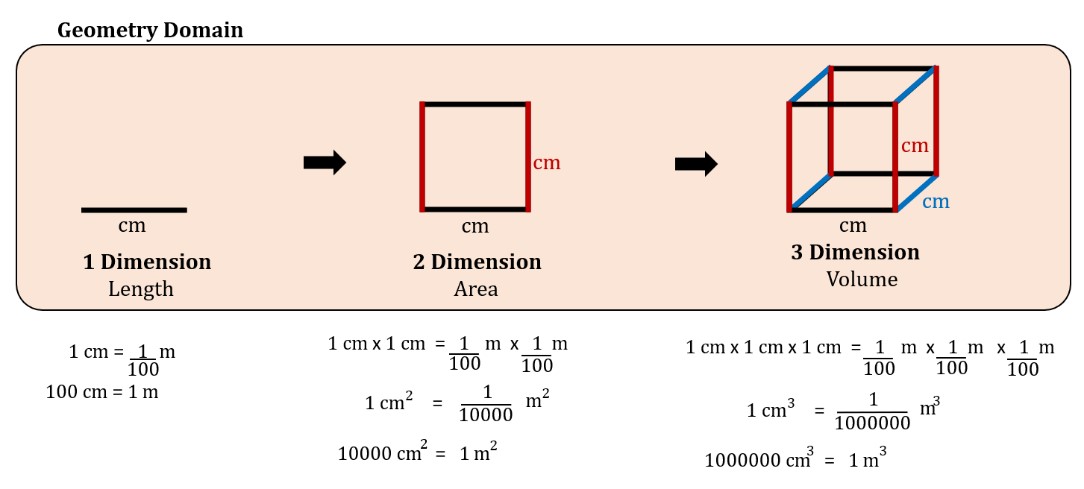An Analysis of Students’ Mathematical Competencies: The Relationship between Units
Abstract
This study aimed to investigate students’ mathematical competence in learning relationships between units according to the students’ performance in a SUKEN test of Level 6. A total of 139 students were selected as our target group and involved as examinees. Research instruments include students’ answer sheets, test item analyses, and textbook analysis. SUKEN test is a mathematical proficiency test used to identify related issues to improve teaching practices. The results from the first phase showed that there were 24 examinees or 17.27 percent of them had been successfully passed the passing criterion as 70 percent of the total marks 100. However, there was a lowest percentage (33.21%) of examinees showed that they were able to answer correctly in the questions related to the content domain of Quantities and Measurement compared to other content domains. On top of that, only 38.49 percent and 31.09 percent of the examinees possessed their competencies in content knowledge and the method of application respectively while they answered the Quantities and Measurement questions. Besides, the results of in-depth analyses from students’ answer sheets revealed that there were seven different groups of answers by analyzing examinees' responses in terms of their reasoning skills to support their responses. Examinees were found to have problems finding the relationship between cm3 and m3, whenever they have to use a relationship in three dimensions. Therefore, teachers are suggested to use the geometry model to assist students in understanding the relationships between the units.
References
Inprasitha, M. (2015). The reform of curriculum and instruction system: Focusing on curriculum and evaluation. In Proceedings of the Korean Society of Mathematical Education 2015 International Conf. on Math. Edu. (Seoul Nat’l U.: November 6-8, 2015) 256-265.
Inprasitha, M. (2017). Mathematics competency test: Official guidebook. Khon Kaen, Thailand: Klungnana Vitthaya Press. [In Thai]
Inprasitha, M., Pattanajak, A., & Inprasitha N. (2011). How do our teachers use our textbooks? Paper presented in APEC—Tsukuba International Conference. Tsukuba, Japan. Retrieved from http://www.criced.tsukuba.ac.jp/math/apec/apec2011/17-18/Thailandreport.pdf
IPST. (2014). PISA 2012 Assessment results mathematics, reading and science: What do students know? And what can be done. Bangkok, Thailand: Aroon. [in Thai]
Isoda, M. (Ed.) (2010). Elementary school teaching guide for the Japanese course of study mathematics (Grade 1-6). Tsukuba, Japan: CRICED University of Tsukuba. Retrieved from http://www.mext.go.jp/component/a_menu/education/micro_detail/__icsFiles/afieldfile/2009/04/21/1261037_4.pdf
Kesorn, N., Junpeng, P., Marwiang, M., Pongboriboon, K., Tang, K. N., & Wilson, M. (2020). Development of an assessment tool for mathematical reading, analytical thinking and mathematical writing. International Journal of Evaluation and Research in Education, 9(4), 955-962. https://doi.org/10.11591/ijere.v9i4.20505
Kilpatrick, J. (2009). The mathematics teacher and curriculum change. PNA, 3(3), 107-121.
Koehler, M. S., & Grouws, D. (1992). Mathematics teaching practices and their effects. (pp.115-126). In D. A. Grouws (Ed.), Handbook of research on mathematics teaching and learning. Reston, VA: The National Council of Teachers of Mathematics.
Leher, R. (2007). Development understanding of measurement. In J. Kilpatrick, W.G. Martin, & D. Schifter (Eds.), A research companion to principles and standard for school mathematics (pp.179-192). US: The National Council of Teachers of Mathematics.
Lincharoen, E., Artwichai, S., & Chanin, P. (2009). Research report on causal factors causing low O-NET test scores of Grade 6 and 12 students. Retrieved from https://www.niets.or.th/th/content/download/279
Manmai, T., Inprasitha, M., Changsri, N, & Pattanajak, A. (2020). Development of reasoning habits through Lesson Study and Open Approach Teaching Practices. International Educational Research, 3(2), 29-36. https://doi.org/10.30560/ier.v3n2p29
Niss, M. (1993). Assessment in Mathematics Education and its effects: An introduction. In M. Niss (Ed.), Investigations into assessment in Mathematics Education (pp.1-30). London: Kluwer Academic. https://doi.org/10.1007/978-94-017-1974-2_1
Senawongsa, C., Inprasitha, M., & Sudejamnong, A. (2019). Teachers’ learning in community of implementing mathematics textbooks with Lesson Study and Open Approach. Psychology, 10, 1636-1648. https://doi.org/10.4236 /psych.2019.1012108
Santawee, B. (n. d.). Preparation for the teaching of science to ASEAN: A case study of PISA and O-NET [Online]. Retrieved from http://www.nstda.or.th/ nac2013/download/presentation/Set4/SSH-Auditorium-01-03/07.pdf. [in Thai]
Shimizu, Y. (2011). Building bridges between large-scale external assessment and mathematics classrooms: A Japanese perspective. In B. Berinderjeet Kaur, W. K. Yoong, (Eds.), Assessment in the Mathematics Classroom Yearbook 2011. Singapore: World Scientific. https://doi.org/10.1142/9789814360999_0010
Swan, M., & Burkhardt, H. (2012). A designer speaks: Designing assessment of performance in mathematics. Educational Designer: Journal of the International Society for Design and Development in Education, 2(5), 1-41. Retrieved from http://www.educationaldesigner.org/ed/volume2/issue5/article19.
Tachibana, M. (2007). Teaching and assessment based on teaching guides. In M. Isoda et.al. (Eds.), Japanese Lesson Study in Mathematics - Its impact, diversity and potential for educational improvement. Singapore: World Scientific. https://doi.org/10.1142/9789812707475_0008
The National Legislative Assembly (2015). The system of curriculum and instruction development. [In Thai]


This work is licensed under a Creative Commons Attribution 4.0 International License.
Copyright for this article is retained by the author(s), with first publication rights granted to the journal.
This is an open-access article distributed under the terms and conditions of the Creative Commons Attribution license (http://creativecommons.org/licenses/by/4.0/).








1.png)

















